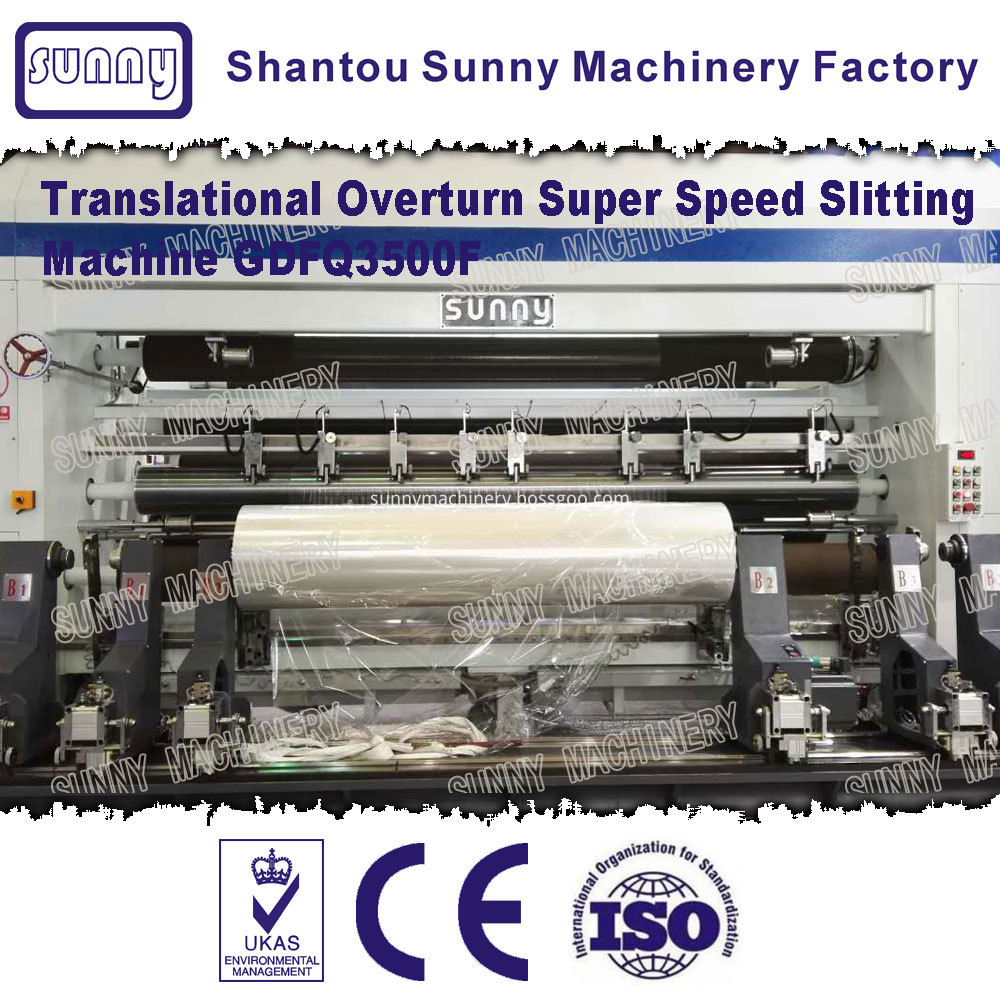1. The relationship between the adhesive strength of a force structural member and the performance of an epoxy structural adhesive is compared with that of a rigid member and a member with a small load. The adhesive joint of the stressed structural member is not only affected by the tensile force and the shear force, but also The various forms of peeling force, as well as its associated bending, impact, twisting, fatigue, etc. forces, also under a variety of environmental conditions under a long load. In short, the stress state of adhesive joints of stressed structural members is very complicated. However, through the stress analysis of the joints, it can be concluded that these stress states can be classified into two types, namely “face stress†state (mainly shear force and positive tension, etc.) and “line stress†state (mainly peel force). Wait). Shear strength and stripping degree are used to measure and characterize the ability of a bonded joint to withstand "face stress" and "line stress." Destruction caused by any kind of stress that first reaches the strength of its response can lead to damage by glueing. Experts from the China Epoxy Resin Industry Association (ww.epoxy-e.cn) stated that this
2. The strength of the class must be high at the same time to obtain high bonding strength.
Shear strength and peel strength depend on the cohesive strength and modulus of the adhesive layer and the bonding force at the interface. However, the peel strength also depends on the degree of stress concentration when the edge of the joint is subjected to "line stress." Increasing the elongation at break of the adhesive layer and reducing the elastic modulus of the adhesive layer will reduce the stress concentration and increase the peel strength, thereby improving the adhesive strength. However, the decrease of the elastic modulus of the adhesive layer tends to reduce the cohesive strength of the adhesive layer, resulting in a decrease in the adhesive strength. Changes in the elastic modulus can cause two conflicting effects. In order to obtain high bonding strength, adhesives with high cohesive strength, high elongation at break, and appropriate modulus should be prepared.
Adhesives with high peel strength are often not good structural adhesives. This is not only because of its low shear strength, but also because of its creep. As a good structural adhesive must have minimal creep. The creep of the adhesive decreases as its modulus increases. When the temperature is higher than the glass transition temperature, the crosslink density has a significant effect on the creep. Experiments show that the filler has no effect on the creep of the adhesive.
Impact resistance is related to the toughness of the adhesive. The greater the toughness of the adhesive layer, the greater the impact energy absorbed by the damaged specimen. Therefore, adhesives with high impact resistance tend to have higher modulus, high elongation at break and fracture toughness.
The fatigue resistance and fracture toughness of adhesive joints increase with the toughness of the adhesive.
Based on the relationship between adhesive strength and adhesive, it can be seen that the structural adhesive should have certain elastic modulus, large elongation at break, high cohesive strength and fracture toughness in terms of mechanical properties.
2. Main properties of epoxy structural adhesives (1) High strength and toughness.
(2) Creep resistance is good, and creep should be small.
(3) Good fatigue resistance and impact resistance.
(4) There is a sexual heat resistance. For example, the use temperature of the aircraft structural adhesive is 130-150°C, and it has been proposed to use at 180-200°C.
(5) Resistance to media properties, resistance to atmospheric aging, and especially good resistance to moisture and heat aging.
(6) Good durability and sufficient safety and reliability.
3. Selection of epoxy structural adhesive components (1) Epoxy curing system with high cross-link density, high rigidity of molecular structure, and strong adhesion is selected. The selected epoxy resin and curing agent should also have good heat resistance and heat aging resistance.
(2) Unmodified epoxy curing systems generally have high modulus, low elongation at break, high brittleness, low peel strength, and resistance to fatigue and should not be used as structural adhesives. Toughening must be done. Epoxy structural adhesives are epoxy toughening systems. Polymer composite structural adhesives. Commonly used toughening agents are oligomers and polymers. Oligomeric tougheners are liquid rubbers and flexible oligomers that have low average relative molecular mass. Polymer tougheners are some high molecular weight rubbers and tough thermoplastic resins.
(3) According to the adhesive use characteristics and process requirements, add the appropriate additives. Examples include coupling agents that increase heat and humidity resistance and interfacial strength; preservatives that increase the corrosion resistance of magnesium alloys; antioxidants that improve high temperature and aging resistance; and thinners that reduce viscosity.
Source: 21st Century Fine Chemicals Network
Film Slitting Machine(Plastic Film Slittng Machine) is used for slitting or rewinding jumbo roll to specified small rolls or specified width.
Applying film is BOPP, CPP, BOPET, LDPE, HDPE, Rigid PVC, and so on.
Features: High production effeciency, Advanced automatic function, Cheaper foundation cost, High speed and quality, Low vibration and low noise, Trouble free from tirm tearing.

Film Slitting Machine
Film Slitting Machine,Plastic Film Slitting Machine,Automatic Film Slitting Machine,Film Roll Slitting Machine,Plastic Film Slittng Machine
SUNNY MACHINERY , http://www.stsunnymachine.com